Drumlich (& Invernenty)
The following article from a 1972 issue of The Stewart Magazine is about the Stewart family who lived in the farmtoun of Drumlich which is located in the far upper braes of Balquhidder. For more information on the Stewarts in Drumlich:
Drumlich
by Gordon Stewart
Originally published in The Stewart Magazine, Vol. XIV, No. 1., 1972, p. 38ff. (Reprinted with permission from The Stewart Society, Edinburgh, 28 Aug 2023)
The farmtoun of Drumlich in the parish of Balquhidder, Perthshire, has disappeared more completely than most places of the kind the very name seems to have been forgotten and one may search the maps published in the past hundred years without finding a hint of its location. In 1792 the parish minister, the Rev. Duncan Stewart, writing his report for Sinclair’s Statistical Account of Scotland, gave its meaning as the ridge of a hill “. Close on a century later the Rev. Alexander MacGregor, in his Gaelic Topography of Balquhidder Parish, defined it as the rising of ground above the flood, or not reached by it”. This seems to owe more to the author’s local knowledge than to an exact translation from the Gaelic” druim-lecht “–a ridge on a hillslope.
An early indication of the location of Drumlich occurs in the Earl of Atholl’s hunting roll of 1638,(1) where these two entries appear together:
- Wester Innernentie, 5 markland, 2 men
- Donnald McInteir
- Jon McLarine
- Drumlich, 3-1/2 markland, 1 man
- Duncan McGregor.
The significance of the names McLarine and McGregor will appear later and it is evident that the two places named were at that time separate holdings.
Invernenty is not difficult to find. The burn of that name cascades down a little glen on the southern side of the broad valley of Balquhidder, a short distance to the west of Loch Doine. On a knoll above the east bank stands a ruined house with a tree growing out of it. This was the home of the MacLarens of Invernenty and a few yards behind it a circular bowl-shaped excavation in the slope of the hill is the reputed site of their private still for making “the wine of the country On the west bank, a rocky outcrop forms a low ridge on the hillside and a little below it lie the ruins of an old house or steading, on the outfield side of the existing head-dike. According to local tradition this was a MacGregor holding and the site certainly appears to fit the descriptions quoted remarkably well. Above, the hill rises to the south and west; below is a stretch of more level ground sloping gently to the stream that flows into the head of Loch Doine. In the eighteenth century this area was subject to seasonal flooding which raised the level
38
of the loch and extended it westward. The Statistical Account mentions that in time of flood Lochs Doine, Voil and Lubnaig and the River Balveig became one continuous sheet of water. Drumlich, fitting neatly into the context of this topography, would share the west side of the Invernenty burn with Wester Invernenty, which was a separate holding from Easter Invernenty.
The MacLarens and the MacGregors were not the sole occupiers of these lands. Other names appear from time to time in the records, including Donald McInteir already mentioned and in 1719 Donald Stewart in Invernenty,(1) who, in the belief that he had not much longer to live, wrote to the Duke of Atholl asking His Grace to show favour to his son, presumably in the succession to the tenancy of a small steading or holding, which might revert to a superior at Donald Stewart’s death.
In the earlier part of the eighteenth century the two Invernenties were both held by MacLarens.(2) Donald, in Easter Invernenty, was famed as a cattle dealer and drover-these terms were more or less synonymous-and it was he who led Clan Labhran to join the Appin Regiment in the “Forty-five”. His kinsman, John, in Wester Invernenty, did not live to see that exploit. Donald’s wife, Elizabeth Stewart, was a grand-daughter of Donald Stewart of Invernahyle in Appin; John’s wife’s name was Beatrice Stewart, who had a brother, John Stewart. Each of these MacLarens held his land under charter from the Duke of Atholl as feudal superior, which conferred on the holders the feudal rights of barony giving them wide authority over lesser tenants and vassals. They had, in fact, the standing of lairds and Donald was MacLaren of, not merely in, Invernenty, while John chose to be known as Stob-Chon, from the name of a prominent hill within his barony, which would be called, in English, the Hound’s Peak.
The Balquhidder MacGregors had often been ill neighbours to the other clans in the district and at their head at this period was the notorious freebooter and blackmailer, Rob Roy MacGregor, who had been for a time lessee of Monachyle Tuarach, adjacent to Easter Invernenty, and latterly of Inverlochlarig farther to the west and near Wester Invernenty. The MacGregors were quick to resent any attempt to encroach on their rights and in 1734 they were in hot dispute with John MacLaren of Stob-Chon over the tenancy of a portion of land which has never been precisely identified.
In his “Introduction to Rob Roy, Sir Walter Scott referred to the disputed property as Invernenty and gave a very garbled
39
account of the affair, failing to differentiate between the two Invernenties and the two MacLaren “barons and bringing into the discussion a financial arrangement between Donald MacLaren and Stewart of Appin in which Scott’s family were also concerned. That transaction had no connection with John MacLaren or Wester Invernenty. Other writers have suggested that John MacLaren was thought by the MacGregors to have greedy eyes on either As the MacLarens Rob Roy’s farm of Inverlochlarig or a holding at the Kirkton of Balquhidder leased by one of Rob’s sons.(3) and the MacGregors would have their lands and boundaries defined in their respective charters and leases the obvious way to settle any differences would be to appeal to the Duke of Atholl or his factor. As to the small farm at the Kirkton, it is highly improbable that John MacLaren would think of taking it over, as it lay six or seven miles from his own territory with rough country and two lochs between. Furthermore, after the contest was over John MacLaren made no move to acquire either of the farms mentioned although he emerged on the winning side. The true explanation must lie elsewhere, and where else but in the MacGregor holding, Drumlich?
In 1723, John McGregor and Kathrin Stewart in Drumlich had a child baptised by the minister of the parish.(4) In 1728, John MacLaren” in Wester Drumlich ” had a child baptised whose name is given as Mhoir. From these entries in the parochial register it would appear that Drumlich and Invernenty were used as alter- native names for the same general location and the two families were near neighbours in two separate holdings. The question that comes to mind is, were the MacLarens hard and acquisitive men, willing to displace old tenants to extend their own grazings or cultivation? Donald Stewart, already mentioned, seemed apprehensive that his son would be denied the succession to his small farm; the MacGregor holding in Drumlich could be subject to the same pressure if the tenant died or the lease was terminated by the lapse of time. Such a situation between a MacGregor and a MacLaren would be explosive and the Kirk Session minutes show
that the ingredients were there. John MacGregor’s daughter Mary was baptised in 1723 and no question was raised about the marital status of her parents. In August 1728, however, “Katrin Stewart, widdow in Drumlich”, was cited to compear before the Session and give the name of the father of her second child4. She named him as:
“John McGregor commonly called John McDougall vic
40
Callum, he commonly residing in the breas of this paroch and the breas of Strafillan. John McDougall gave Duncan McGregor in Kirkton of Balquhidder, cautioner that he should remove the scandal, pay the penalty and maintain the child. Kathrine Stewart gave Robert Stewart in Ledscritan and Callum McInas in Inverlochlarigbeg as cautioners for her part that she should do duty to the child and remove the scandal in the ordinary way and pay the penalty”.
Callum, he commonly residing in the breas of this paroch and the breas of Strafillan. John McDougall gave Duncan McGregor in Kirkton of Balquhidder, cautioner that he should remove the scandal, pay the penalty and maintain the child. Kathrine Stewart gave Robert Stewart in Ledscritan and Callum McInas in Inverlochlarigbeg as cautioners for her part that she should do duty to the child and remove the scandal in the ordinary way and pay the penalty”.
The child, for whose welfare the Kirk Session had shown an unusual concern, was baptised on 25th August 1728, the parents being named as John McGrigor and Kathrin Stewart in Drumlich4. This ought to have been a happy ending to the young widow’s romance, with her new husband safely and respectably domiciled in the same place and under the same name as the first.
It is likely that after the death of her first husband Kathrin Stewart was allowed to remain in Drumlich if she had the means of working the holding, at least until the expiry of the current lease, but her second marriage to a foot-loose McGregor, alias McDougall vic Callum, of no fixed abode, would not commend the couple to the Duke’s factor or to their neighbour John McLaren of Stob-Chon, who may have had a pre-emptive right, as baron, to demand resumption of the holding when the lease ran out.
If the above surmise is correct it would explain why Sir Walter Scott wrote:(5)
“The MacGregors of Rob Roy’s tribe claimed a right to it by ancient occupancy, and declared they would oppose to the uttermost the settlement of any person upon the farm not being of their own name.”
The situation was well suited to Rob Roy’s special role as champion of the weak and oppressed, especially when they were MacGregors. He mustered his followers, who were a rough lot even for those times. The MacLarens could not raise an equal number so they sent for help from their old allies, the Appin Stewarts, who responded with two hundred men in arms and joined the MacLarens at the Kirkton of Balquhidder. Outnumbered, the MacGregors thought it better to parley and the issue was left to be decided by single combat between Rob Roy and Alexander Stewart of Invernahyle. (Some accounts say that Robert Stewart of Appin was the man who fought Rob Roy but Invernahyle was a much younger man and therefore a more likely choice). The fight ended with Rob Roy wounded in the shoulder; his
41
followers dispersed and he went home to Inverlochlarig, where he died on the 28th December 1734.
Rob Roy’s widow and her sons did not forgive and the sequel was vividly reported in a letter1 to the Duke of Atholl’s factor:
Innernenty, 16th March 1736
“Sir,
Upon the 4th Instant their happened a most barbarous action in this country in the hands of Rob Roy’s youngest son. He came with a gunn and pistle to the Town of Drumlich where John McLaren, Baron Stoibchon and Wester Innernenty liv’d, and the said Baron with two of his neighbours being att the pleugh, this youngest son of Rob Roy’s called Robert, came to the pleugh, and without any provocation, as the Baron was holding the pleugh, shott him behind his back, of which wound he dyed that night.
“Tho’ this wretch was the unhappy executioner, yet it is thought he was sett upon by his Brothers and others of their adherents to commit this tragicall action, as will appear by their conduct, for upon the 9th, they not wearying of their vile practices, they hough’d and kill’d upwards of 30 stotes belonging to Donald McLaren, Drover, in Innernenty, and threaten frequently to shoot himself and some others of his Clann.
“I happening to be in this country at the time and being desired by Stoibchon’s friends to represent these vile practices, that you might fall on proper methods to curb such vilious practices, and acquaint his Grace of all that happen’d in this affair, and in the mean time that you send express orders to your Baillie here to make a closs search for the malefactor, and impower him to raise the whole country for that effect.
“It is the generall opinion that this hellish plot hath been concerted by Rob Roy’s three sons and their adherents, and I humbly think they should all be seas’d if possible and be banished the country. I doubt not his Grace will endeavour to free his country of such vile wretches.
“In the mean time I am hopefull you’ll have Regard to the present dangerous situation of severall people in this country that have been threatn’d by these wretches, and cannot safely come out of their houses without arms, and are obliged to watch their houses and catle least they sufferr the same gate with the stotes, which doubtless will happen if the Superior of the country does not immediately quell this affair. Expecting
42
your answer pr. Bearer, I conclude with my compliments to you, and am, Dr. Sir, Yr. humble sert.,
Alexr. Stewart of Invernahyle.
John Stewart, brother-in-law to the defunct
do. McLaren, att Innernentie”.
The history of this extraordinary episode has been written many times and this article is intended to throw a new light on the circumstances that led up to it and point to the piece of ground that lay at the root of the trouble. Drumlich seems to be the most likely answer to the riddle. John MacLaren would have possession and he paid with his life. What happened to the MacGregor family who lived there we have no means of knowing.
After John MacLaren’s death, Wester Invernenty reverted to his father, who disponed it to a nephew, Duncan MacLaren(2). It was later sold in two portions, part to Robert Murray of Glencarnaig in 1751 and the remainder to Duncan Stewart of Glenbucky ten years later. Drumlich must have been incorporated in Wester Invernenty but its name continued in use until 17926 or later. Today it is forgotten and the stones of its houses lie in ruins.
Notes on Sources:
- Chronicles of the Atholl and Tullibardine Families. (The Stewart Society Library).
- The MacLarens–A History of Clan Labhran, by Mrs Margaret MacLaren of MacLaren. (Mackay, 1960).
- The Stewarts of Ardvorlich, by Major John Stewart of Ardvorlich. (The Stewart Society Library).
- Old Parochial Registers: Perthshire, Balquhidder Parish. (Scottish Records Office and New Register House, Edinburgh).
- “Introduction” to Rob Roy, by Sir Walter Scott.
- Statistical Account of Scotland, 1792-1795. (Ed. Sir John Sinclair).
- The writer is indebted to Mr Fergusson, Muirlaggan Farm, Balquhidder, for access to Invernenty, also to Mrs M. MacLaren of MacLaren and Dr Alistair C. McLaren, Edinburgh, for valuable information in The MacLarens, now out of print.
43

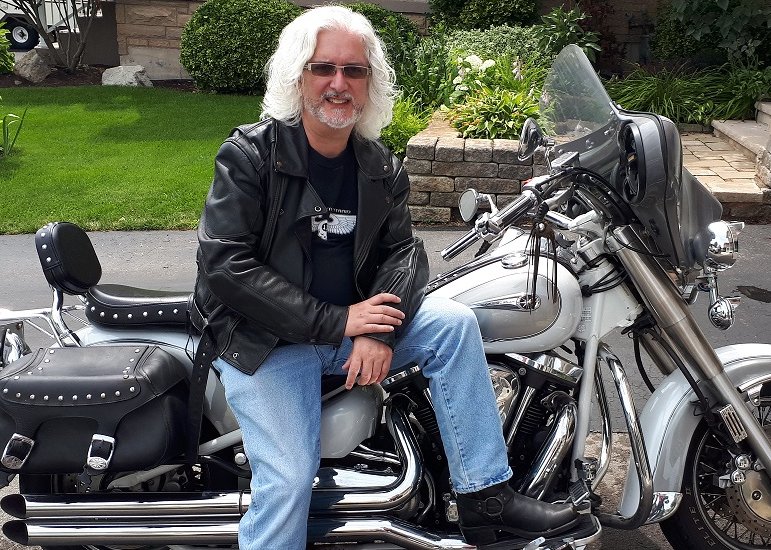
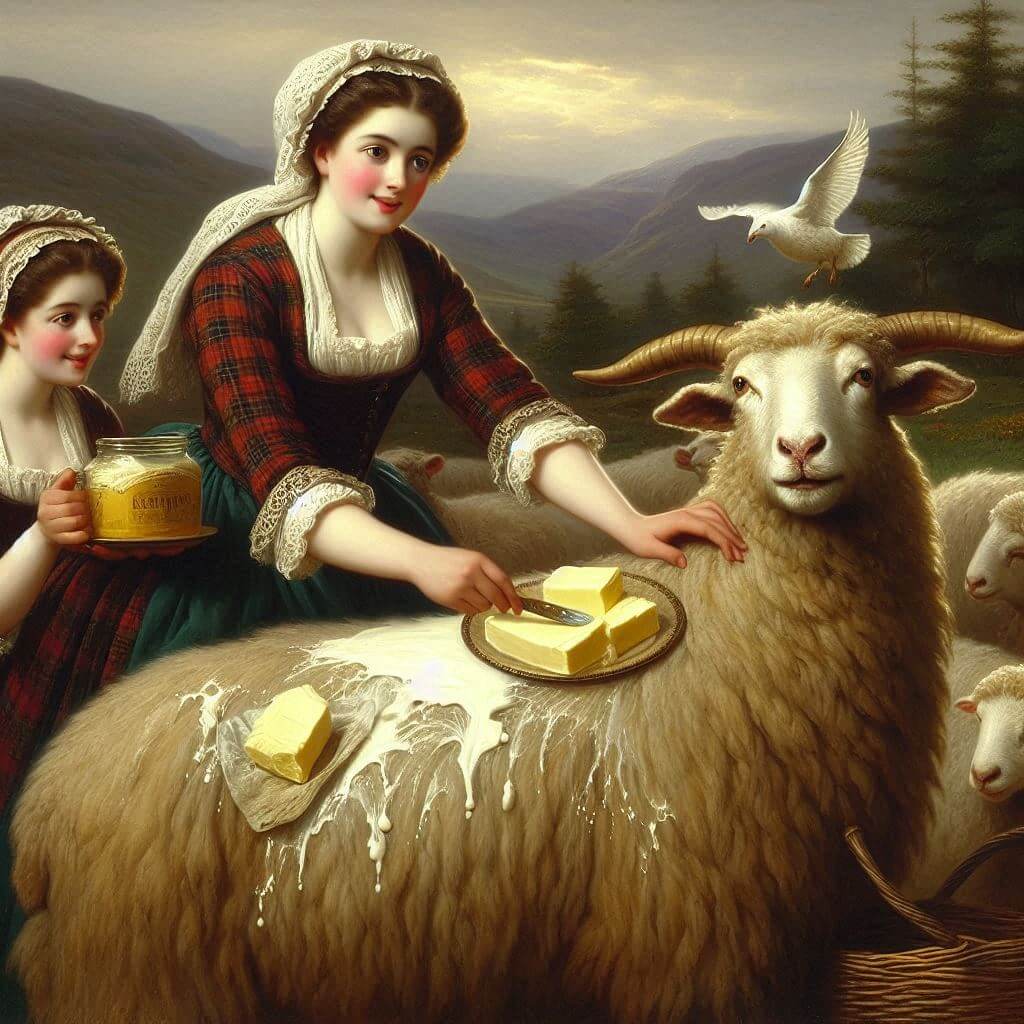
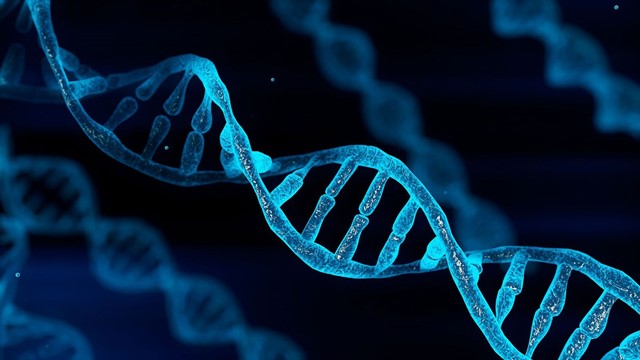
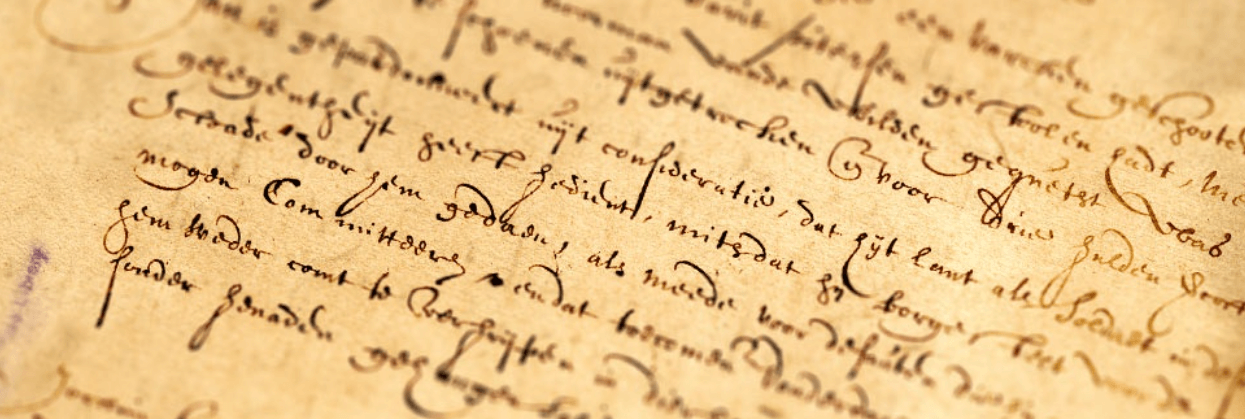
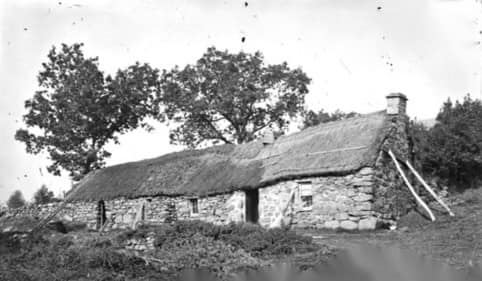
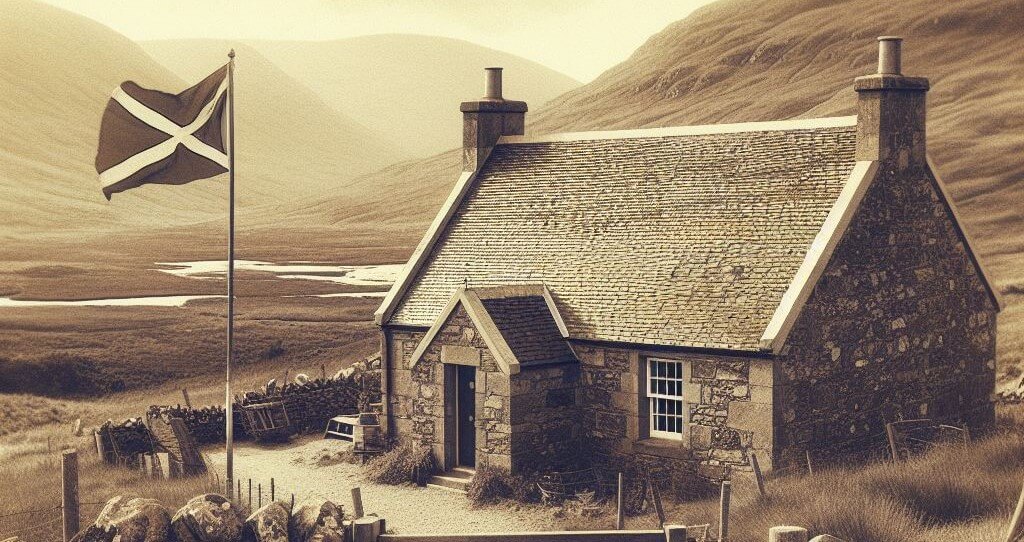
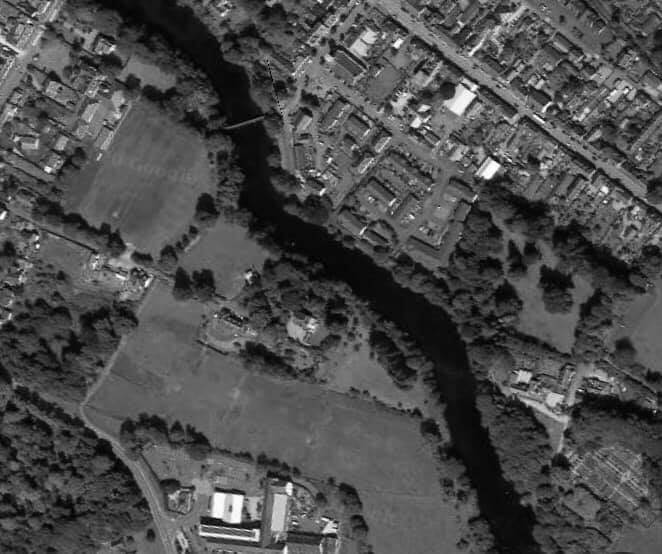
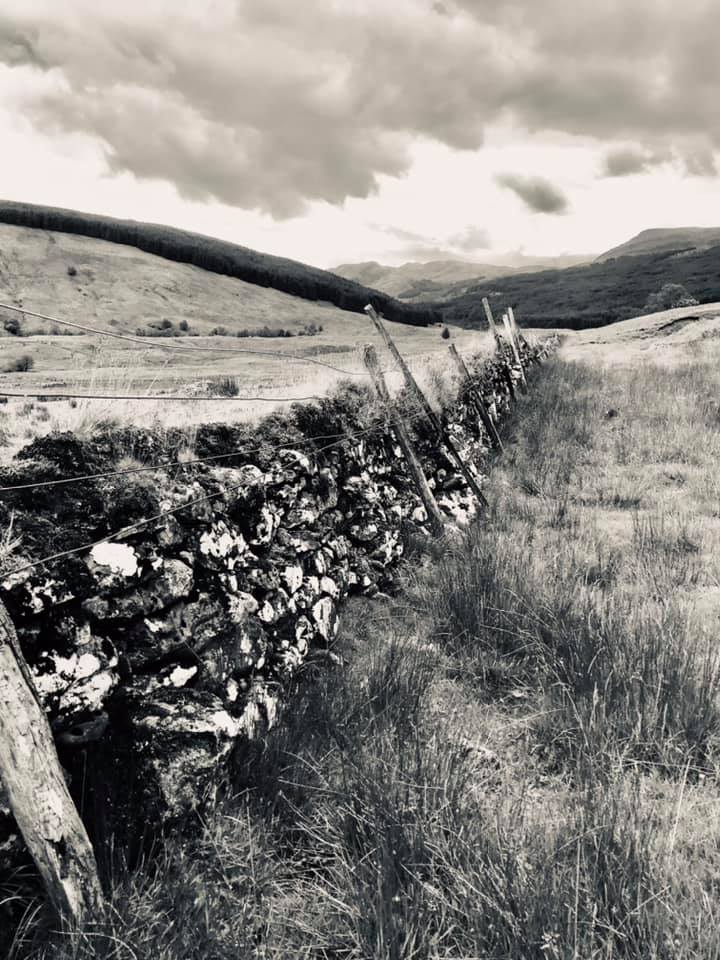
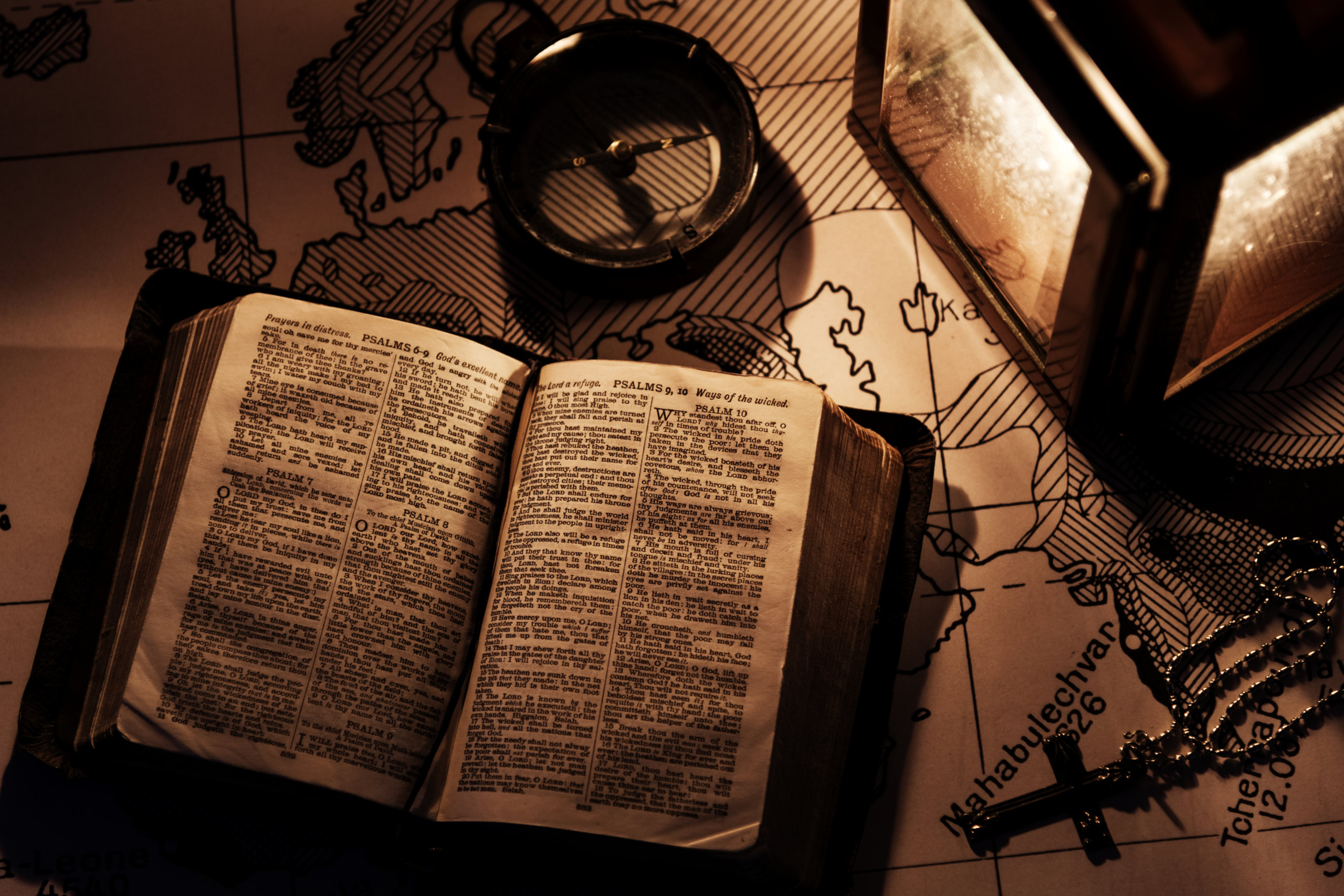
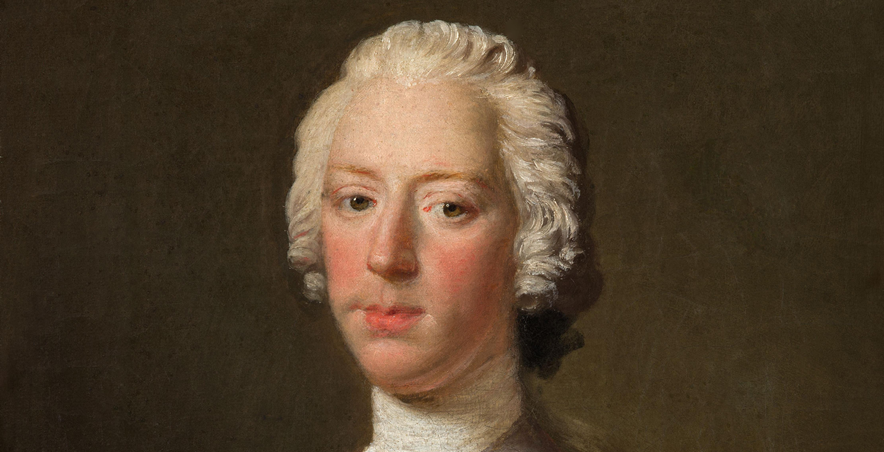
0 Comments